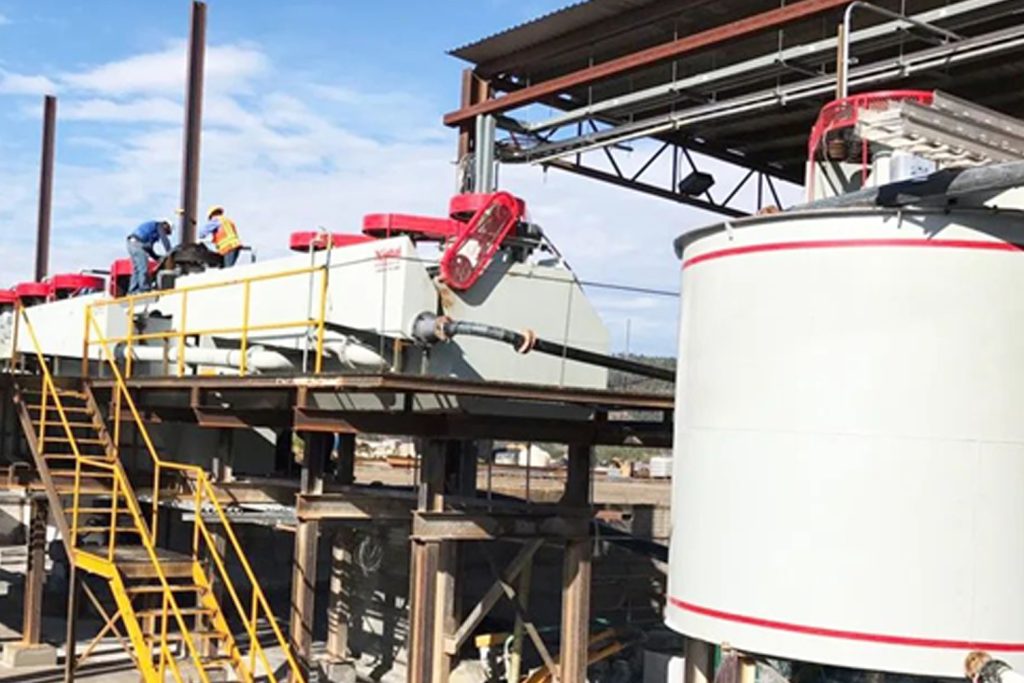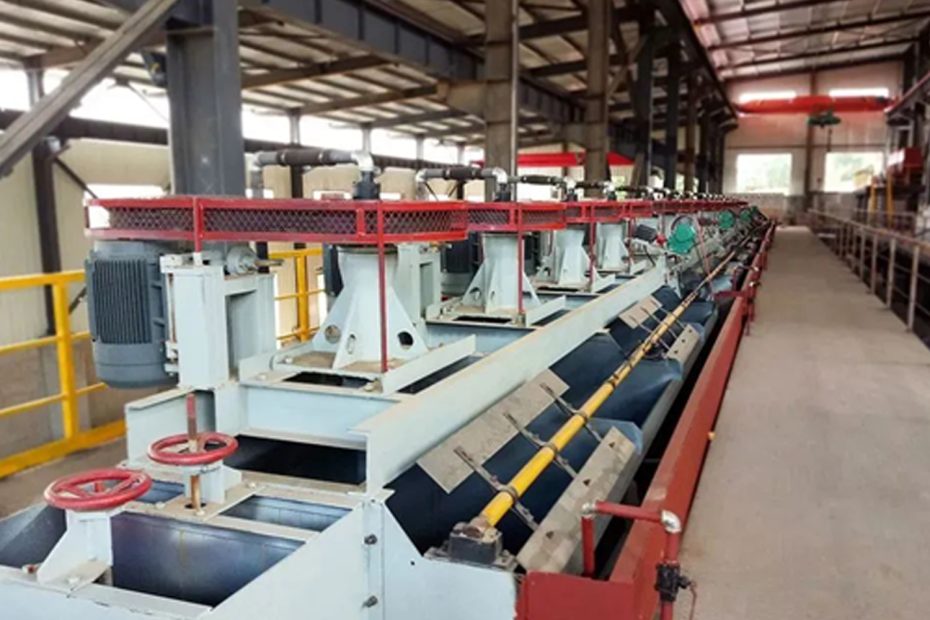Lead-zinc ore is an important non-ferrous metal resource with a wide range of uses. At present, most lead and zinc are obtained by sorting lead-zinc sulfide ore, but with the development and utilization of resources, the resources of lead-zinc sulfide ore that are easy to be sorted are gradually exhausted, and the mining of lead-zinc oxide ore has gradually been paid attention to. Compared with lead-zinc sulfide ore, lead-zinc oxide ore has a more complex composition, more associated minerals, finer particle size, easy to produce slime and contains a large amount of soluble salts, and many reasons make the treatment of lead-zinc oxide ore difficult.
Six major mineral processing methods of lead-zinc oxide ore
This article will introduce you to 6 kinds of mineral processing methods, and teach you how to choose lead-zinc oxide ore.
Sulfur-xanthate flotation method
The vulcanization-xanthate method is one of the effective ways to recover lead-zinc oxide ore. The principle is to pre-sulfurize the surface of the lead-zinc oxide ore. The surface of the lead-zinc oxide ore is covered with a layer of sulfide film with strong hydrophobicity, and then a xanthate collector is used to activate it under the activation of copper sulfate. Carry out flotation separation. Among them, sodium sulfide is a common vulcanizing agent, which can not only vulcanize lead-zinc oxide minerals, but also adjust the pH value of ore pulp, reduce the surface solubility of lead-zinc oxide minerals, precipitate copper, lead, zinc and other metal ions, and disperse slime.
What should be noted in this mineral processing method is that the amount of vulcanizing agent needs to be strictly controlled. Excessive vulcanizing agent will inhibit the interaction between the mineral surface and xanthate. This method is more suitable for high-grade lead-zinc oxide ore with simple composition.
Sulfur-amine salt flotation
This method is also one of the main methods of flotation zinc oxide ore at present. Its principle is similar to the sulfide-xanthate flotation method. After surface sulfidation of zinc oxide ore, amine collectors are used to float zinc oxide ore. select.
This method needs to pay attention to the influence of slime and soluble salts on the flotation process and indicators. When the amount of slime is large, desliming operations need to be added to the process. This flotation method is more suitable for lead-zinc oxide ore whose ore mudification is not serious.

Fatty acid collector flotation
The fatty acid collector flotation method can be directly used in the flotation of zinc oxide minerals, and can also be used in reverse flotation to remove carbonate and sulfate in the concentrate to improve the grade of the concentrate. The sulfide-xanthate flotation method can be used to float lead minerals first, then use sodium carbonate and sodium silicate to silicate gangue minerals, and use fatty acid collectors to float zinc oxide minerals.
The fatty acid collector flotation method is mainly used for flotation of lead-zinc oxide ore with low iron content and a small amount of carbonate and sulfate gangue minerals.
Chelating agent flotation
Chelating agents generally have more than 2 ligands, such as oxygen atoms, nitrogen atoms, sulfur atoms, etc. When these coordinated atoms coordinate with the same metal ion, other atoms will bend around the central atom into a chelate shape . Therefore, when the chelating agent is coordinated with the metal mineral, a relatively stable coordination relationship will be formed, and it has strong selectivity.
The chelating agent flotation method can realize the separation of lead-zinc oxide minerals such as smithsonite and white lead ore from gangue minerals such as calcite, dolomite, quartz and limonite at room temperature and natural pH.
flocculation flotation
There are also some zinc oxide minerals in the fine-grained grade and slime, which are difficult to recover due to the particle size, so flocculation flotation is also one of the means of zinc oxide ore separation. After the selective flocculant is added, the fine-grained zinc oxide minerals will agglomerate into large-grained minerals, and the buoyancy is improved, which is conducive to improving the metal recovery rate.
re-election method
Gravity separation is a commonly used mineral processing method, which is suitable for the separation of lead oxide ore. The principle is to use the difference in specific gravity of minerals in water to separate useful minerals from useless minerals. The reason why lead oxide minerals can be separated by gravity separation is because of their high specific gravity. Common lead oxide minerals such as lead alumite, lead antimonite, manganese lead ore, etc., generally have a specific gravity between 5.0 and 7.0.
In the gravity separation process, the impurities and light minerals in the ore are separated through the action of water flow or air flow, so as to obtain the gravity separation products of lead-containing minerals and realize the separation of lead oxide minerals. The ore concentrator separates lead ore and impurity minerals through separation. Lead ore has a large proportion and is easy to settle, while impurity minerals have a small proportion and are difficult to settle. Therefore, when the concentrator is subjected to vibration or water impact, the lead ore will settle to the bottom, while the impurity minerals will float on the water surface. By adjusting parameters such as the amplitude, frequency, and water flow speed of the concentrator, the lead ore can be separated better, thereby improving the grade and recovery rate of the lead ore.
Summary
The above are the mineral processing methods of lead-zinc oxide ore. These methods have their own advantages in use. When choosing a mineral processing method, the mineral processingn test should be carried out first. According to the ore grade, mineral composition, and particle size composition of the lead-zinc oxide ore Characteristics, combined with the investment cost and other factors for comprehensive consideration, select the appropriate flotation method to obtain an ideal return on investment.
